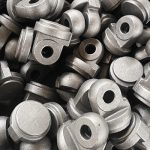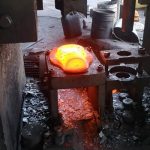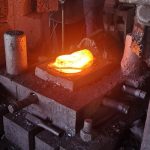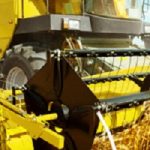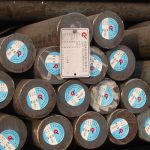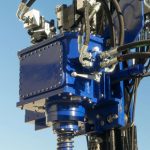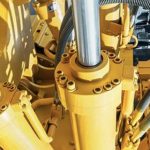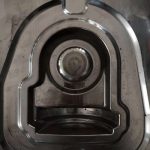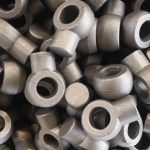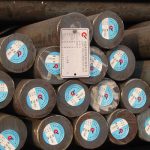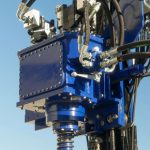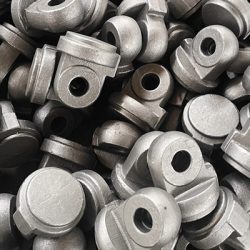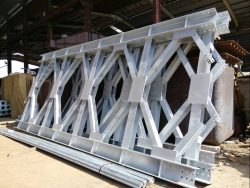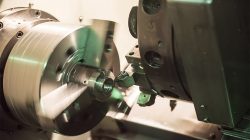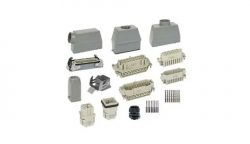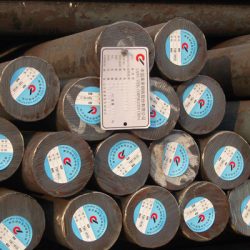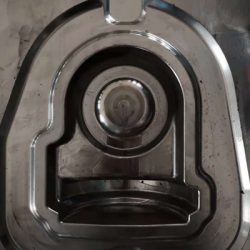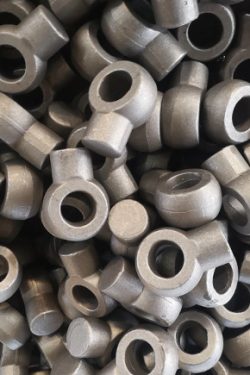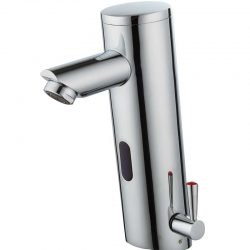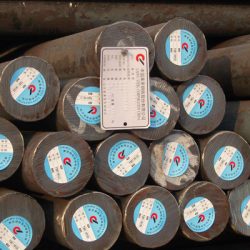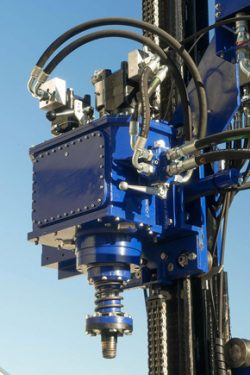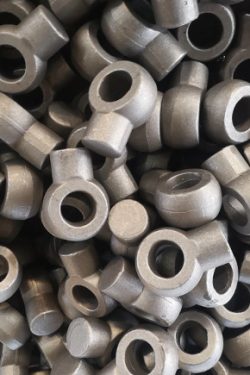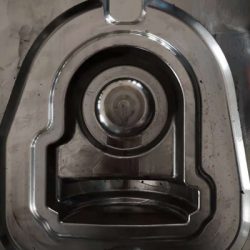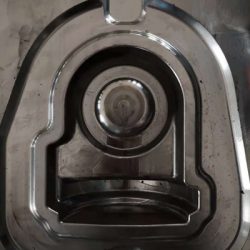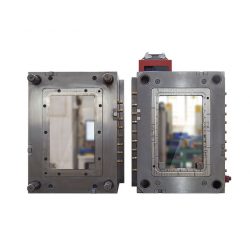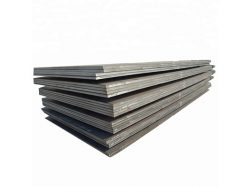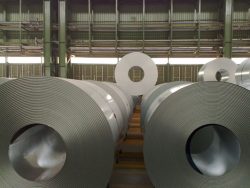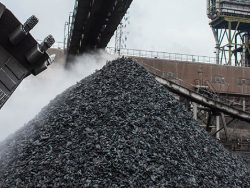How does Forging Affect the Structure and Properties of the Metal
In the metal custom forging process, in addition to the shape and size of the forged part, it is also necessary to meet the requirements of the part in use. The main performance requirements are: strength guidelines, plasticity guidelines, impact toughness, fatigue strength, fracture toughness and stress resistance. For high-temperature working parts, there are high-temperature instantaneous tensile properties, creep resistance and thermal fatigue properties. Metal forging process with raw materials are ingots, rolling, extrusion and forging billets. And rolling, extrusion and forging billets are respectively ingot by rolling, extrusion and forging process to form semi-finished products.
The organization and forging material properties of raw forging materials can be improved in the production of the metal forging process by using appropriate processes and process parameters in the following ways:
1. Breaking up the columnar crystals, perfecting macroscopic segregation, changing from a cast to a malleable state, and under appropriate temperature and stress conditions, welding the internal pores to increase the density of the material.
2. The ingot is forged to form a fibrous tissue, which is further forged by rolling, extruding, and die-forging to give the forged components a reasonable directional distribution of fibers.
3. Control the size and uniformity of the grains.
4. Reasonable distribution (e.g. alloy carbides in steel).
5. Make the structure with deformation reinforcement or deformation-phase change reinforcement, etc.
As a result of the improvement of the above organization, the plasticity of the forgings, impact toughness, fatigue strength and so on have been strengthened, and then through the heat treatment of the parts will be able to obtain the parts required hardness, strength and plasticity of the good overall performance.
However, if the quality of the raw material is poor or the metal forging process used is unreasonable, it may result in forging defects, including surface defects or performance failure.

